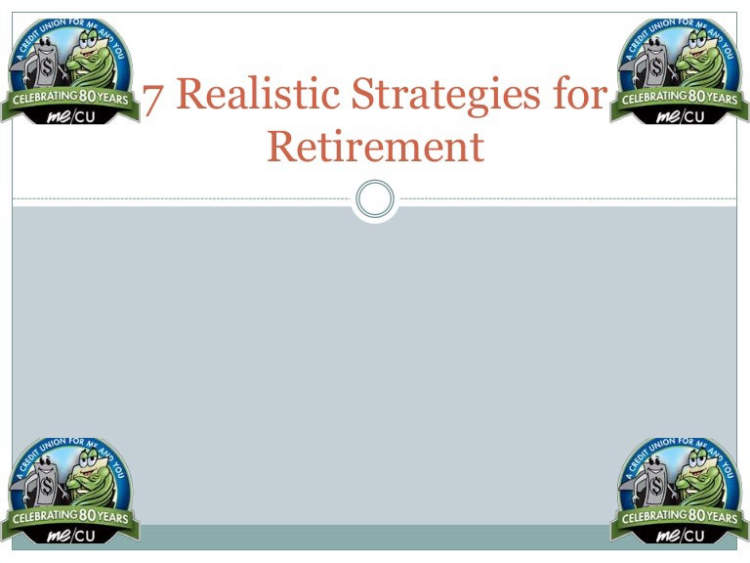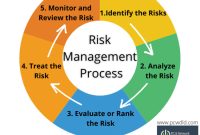As you progress through your working life and approach retirement, planning and preserving your wealth is an important factor to consider. While retirement may seem far away, making preparations now and understanding the different techniques available for maintaining your wealth will help to secure your future. This article will discuss seven retirement planning and wealth preservation techniques, and explain why and how each can be utilized.
Retirement planning and wealth preservation involves establishing accounts that generate passive income, preparing an investment portfolio that is tailored to your needs, and adequately insuring yourself. Understanding how and when to utilize each of these means of maintaining your wealth can help you reach your desired retirement goals.
Steps to Take Before Retirement
Retirement is a big, life-changing event. The decisions you make now can have a huge impact on your post-retirement lifestyle. Before you go off into the sunset and enjoy your golden years, there are several steps you should take to ensure your retirement years are the best they can be.
Here are 7 retirement planning and wealth preservation techniques to help you get ready for retirement:
- Create a budget for retirement. Estimate your monthly expenses and create a budget to ensure you can cover all your costs in retirement. Review your budget regularly to adjust for changing conditions.
- Save and invest for retirement. Aim to save at least 15 percent of your income each year, and make sure to invest in equities for long-term growth. Consider a Roth IRA or other tax-advantaged investments to maximize your returns.
- Diversify your investments. Diversify your retirement fund in both stocks and bonds for greater security. Allot your investments to different sectors and risk levels to balance potential losses and gains over time.
- Minimize unnecessary taxes. Research and understand your tax situation to determine how you can minimize your income taxes in retirement. Consider participating in a 401(k) or other qualified retirement plan to benefit from tax-free withdrawals.
- Establish an emergency fund. Create a separate emergency fund to cover unexpected costs that may arise during retirement. Aim to have enough savings to cover at least six month’s expenses, and arrange a line of credit for extreme emergency cases.
- Protect your retirement assets. Protect your retirement assets with life insurance, disability insurance, and long-term care insurance coverage. Make sure to regularly review and update your policies to reflect changes in your lifestyle.
- Create a retirement strategy. Work with a financial professional to create a comprehensive retirement strategy tailored to your needs. Include goals such as when and how you want to retire, and how you plan to generate income during retirement.
You should also consider getting an estate plan in place and review all your documents. Retirement can be an exciting and rewarding time of life, and being properly prepared can help you make the most of your golden years.
Retirement Planning Strategies

Retirement planning is an important part of securing your future. It’s never too early to start saving and making smart investments so that your retirement years are as comfortable as possible. There are many important elements to consider when planning your retirement, including investments, long-term care planning, budgeting, and estate planning.
Here are 7 strategies for retirement planning and wealth preservation:
- Create a budget and stick to it. Your budget should include all of your essential needs, financial goals, and lifestyle expenses.
- Start learning about investing. Having the knowledge of different types of investments will help you create a sound retirement plan.
- Set retirement goals. Setting specific goals and writing them down will help keep you on track for retirement.
- Contribute to a retirement savings plan. There are many retirement savings plans available, such as 401(k)s, IRAs, and Roth IRAs. Each plan has its own advantages and rules, so be sure to do your research before deciding on one.
- Minimize expenses. Evaluate your current expenses and decide which ones are essential and which ones you can do without.
- Protect your investments and savings. Take measures to protect your investments and retirement savings from market volatility and inflation.
- Consider long-term care planning. Evaluate your needs for long-term care and plan accordingly.
By following these retirement planning strategies and techniques, you can ensure that your retirement years are as comfortable and secure as possible.
Wealth-Preservation Strategies
Wealth-preservation strategies are an important part of retirement planning. These strategies can help you protect your assets and ensure that your money is available when you need it. Here are 7 key strategies for retirement and wealth preservation:
1. Invest in Diversified Portfolios
A diversified portfolio of investments is essential for successful retirement planning. Don’t put all your eggs in one basket – instead, spread out your investments by investing in a variety of assets, including stocks, bonds, real estate, and mutual funds.
2. Create a Retirement Plan
Creating a comprehensive retirement plan is one of the most important steps in retirement planning. Be sure to include information on how much you need to save, when you plan to retire, and how you will pay for your retirement income. Be sure to review your plan regularly and make adjustments as needed.
3. Build an Emergency Fund
Having an emergency fund is essential for retirement planning. Your emergency fund should provide for your basic needs in the event of an unexpected loss of income or unexpected expenses. Be sure to save a sufficient amount to cover at least 6 months of expenses.
4. Establish an Investment Strategy
Establishing an investment strategy is key to successful retirement planning. Choose the right mix of investments that will generate the returns you need in order to meet your retirement goals. Consider investments with high potential yields, such as stocks and real estate, as well as low-risk investments, such as bonds and mutual funds.
5. Consider Tax-Advantaged Retirement Accounts
Retirement accounts that are designed to help you save for retirement can be a great way to maximize your retirement savings. These accounts allow you to defer taxes on your earnings until later, which can help you save more money. Popular tax-advantaged retirement accounts include traditional IRAs, Roth IRAs, and SEP IRAs.
6. Have a Retirement Plan For Health Care Costs
Health care costs are a major expense for retirees. Be sure to plan ahead and explore your options for paying for healthcare in retirement. Consider health insurance plans that cover long-term care, such as Medicare and Medicaid, as well as health care savings plans, such a Health Savings Accounts or Flexible Spending Accounts.
7. Develop a plan for Passing On Your Wealth
Having an estate plan is an important part of preserving your wealth. Establish a will or trust to ensure that your assets are passed on to your heirs in the way you want. Consider using different estate planning tools to minimize taxes and ensure that your wealth is distributed according to your wishes.
Conclusion
Retirement planning and wealth preservation are critical for any person looking to ensure financial stability in the future. The seven retirement planning and wealth preservation techniques discussed in the this article provide a comprehensive guide to building wealth through smart retirement planning. With the use of insurance and investments, set up of trusts and wills, and other techniques, you can lay the groundwork for a secure retirement and enjoy the freedom that comes with it.
By taking your financial future into your own hands and making smart investment and retirement planning decisions, you can give yourself a better chance of having a secure retirement. Learning about the different retirement planning and wealth preservation techniques and applying them to your particular financial situation can help you to build a supportive plan that allows for financial success and peace of mind.




